The No. 1A Autographic Junior was made in various versions between 1914 and 1927. it’s got a beautifully detailed brass and enamel faceplate, a fold-out foot with the Kodak logo, and its name engraved on a brass plate below the shutter assembly. They all shot 6.5 by 11 cm frames on size 116 autographic film (which allowed you to add details to the photo via a small window on the back and a slim metal “pen”) and cost between 11 and 24 bucks back in the day.
This particular version, with its Kodak Anastigmat f/7.7-45 lens and Kodak ball bearing shutter, was made between 1915 and 1925. As the lens name implies, it allows apertures from f/7.7 to f/45, with f/11, 16, 22 and 32 in between, and the shutter takes T, B, and 1/25, 1/50, or 1/100s exposures. Apparently some versions had fixed focal lengths, but this one lets you slide out the bellows and click the lens into a slot anywhere between 6 and 100 feet camera to subject distance.
I’ve had this camera for a few years, but I never tried running any film through it until last year’s Let it Develop 365 project. It’s an easy enough camera to use, and I used fresh Tri-X 400 (size 120) but disappointingly all the pictures ended up fogged. This camera is in amazing shape, but even so, I suspect the bellows have been replaced at least once because they’re absolutely pristine without any worn corners that might hide pinholes that would ruin the exposures. And none of this explains why my photos didn’t really turn out.
 I do like this photo of this little fellow, who wasn’t paying attention when I snapped his picture. But the odd light band running vertically through most of the picture doesn’t really make sense.
I do like this photo of this little fellow, who wasn’t paying attention when I snapped his picture. But the odd light band running vertically through most of the picture doesn’t really make sense.
Verdict: Should have taken much better pictures: clean lens, smooth operating shutter with plenty of settings for any light conditions, pristine bellows. Maybe some controlled bracketing/testing would help identify the problem? Sharing a few other folks’ results below for comparison:
Update (March 2019): I’ve run another roll of film through the camera, this time color (Fuji 400H) and the results are much better. I’m still getting a bit of the odd “ghosting” on a few images. I suspect there is still a small light leak somewhere. But this time the camera gave me different problems: after five (and a half) frames, I could no longer advance the film. I also discovered that if you let this one get dusty on a shelf, it’s good to clean the mirror in the viewfinder with a Q-tip. It’s open so it can fold flat when the camera is closed, and dust can build up on it, preventing you from framing your image properly.
This one is probably going to spend a fair amount of time on the shelf in the future, given the problems I’ve had with it. Still quite amazing photos for a 100-year-old camera though!



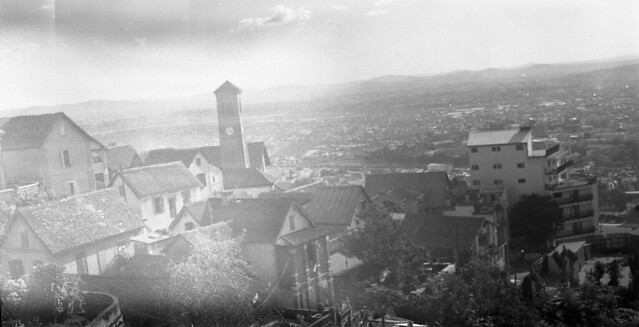



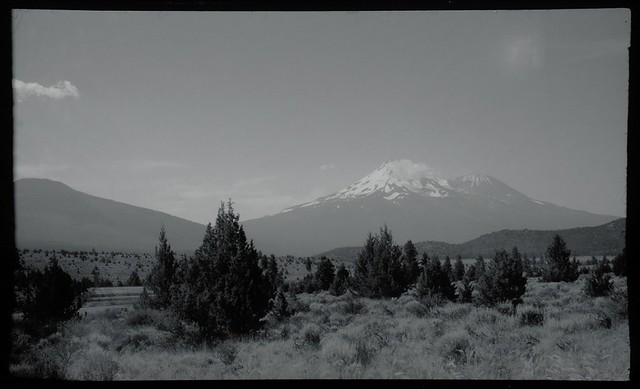

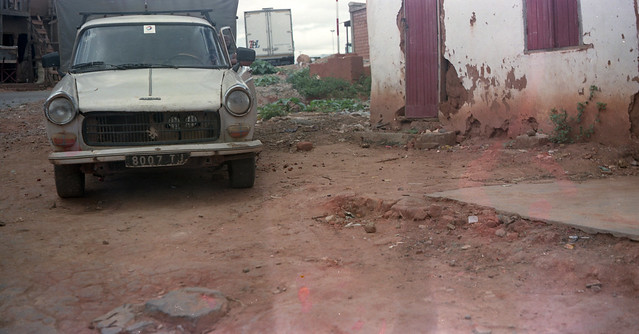
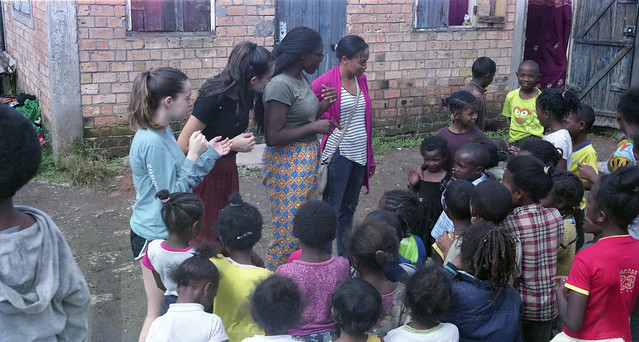

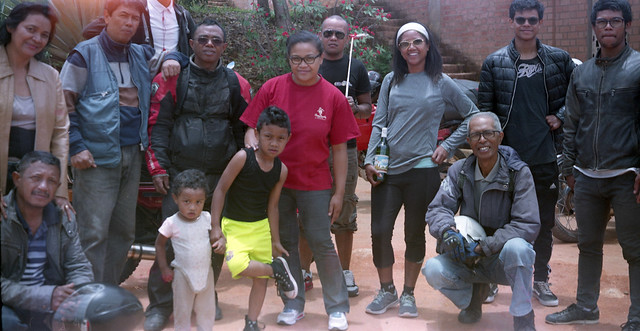

I love to see these old folders put to use. They generally had simple lenses (I’ll be the Anastigmat on yours was the finest lens available for this camera) but could still deliver sharp, nicely toned results. Did you check the bellows for pinholes? Those things can be insidious and will fog your film much like what you experienced on your images.
Thanks for giving it some though Jim. That was my first theory, but the bellows really are pristine. Like they were installed in the mid-70s and the camera was never used again. I’m stumped. I may try it with some color and take 8 pictures of the same scene with extreme bracketing.
Thorough taping of the red window and autographic slot?
*hand to forehead* That makes total sense, given the lighter band across the middle of some photos, not quite reaching to the edge. I don’t understand how the light would get past the backing paper but I’m going to try that – never occurred to me!
Pingback: Recommended reading : Down the Road
I just bought one of these. The bellows in mine is fairly perished at the corners, but I may attempt a repair. I am very new to film cameras (not quite true I did learn photography in the 1980s on both twin lens reflex and 35mm, but haven’t touched one since then) , can I still get 116 film, or do I need to make adaptors for 120 film?
Hi David – thanks for commenting. The 116 spool is a few mm longer than the 120, so if you can get your hands on (or make) adaptors, that might be the easiest option. I have always re-spooled it (not very easy!) using expired or ruined 116 film I found on eBay – I’d be happy to share one but my stuff is all in transit from overseas. This post explains how.
Thanks Tom. \I watched a Youtube video where the guy put two metal strips inside the camera (top and bottom) to guide the 120 film and 3D printed spacers so that the 120 film would fit straight into the camera. This seems somewhat easier than respooling the unexposed film. So, once i have repaired the bellows I will probably give that a go!